Terrafugia announced this week that their Transition vehicle received its FAA Special Light-Sport Aircraft (S-LSA) airworthiness certificate. So that’s one step to becoming a flying car. But surprisingly, approval as a car might actually be trickier!
It has been a life-long dream of young and old dreamers, since at least the 1950s. Drive your vehicle out of the garage at home, go to the nearest airport, unfold its wings, and FLY! Many have tried it by converting existing cars, or even existing planes. It never worked. Most aspiring inventors eventually abandoned their plans. Some unfortunately perished, trying out their designs.
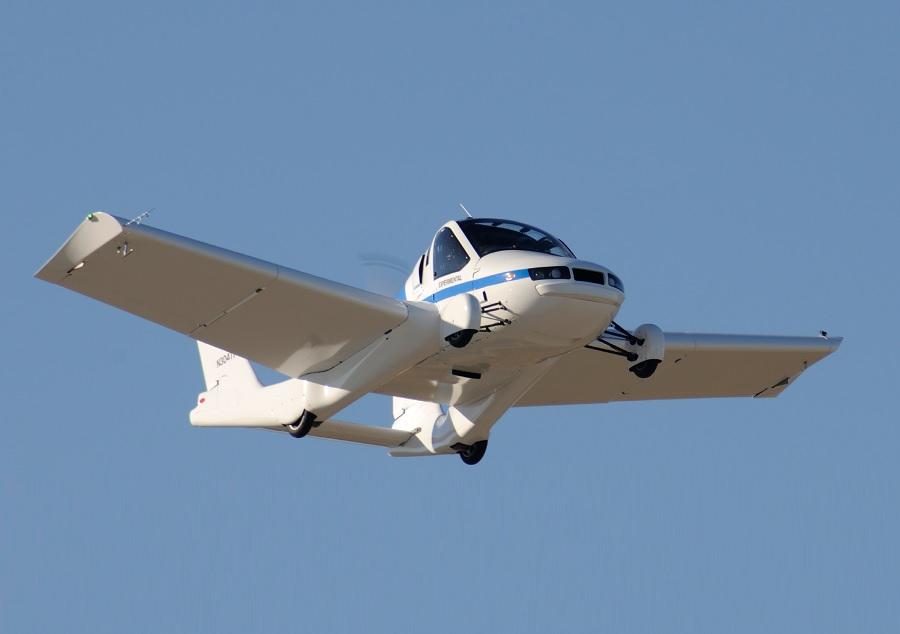
The people behind the Terrafugia Transition have been taking their time. Their work started a long time ago, around 2006. There have been several prototypes, the first of which flew in 2009. The design has evolved while they methodically work through the obstacles. And there are many of them, in both the aircraft and car phases.
The FAA granted the Terrafugia Transition a Light-Sport license. This is a now-accepted standard, but it is not quite the same as a fully-certificated GA aircraft. Such aircraft can have a maximum of two occupants and also have limitations in gross weight. There are also several operational limitations (like VMC operations and fixed-pitch props) which may be subject to change.
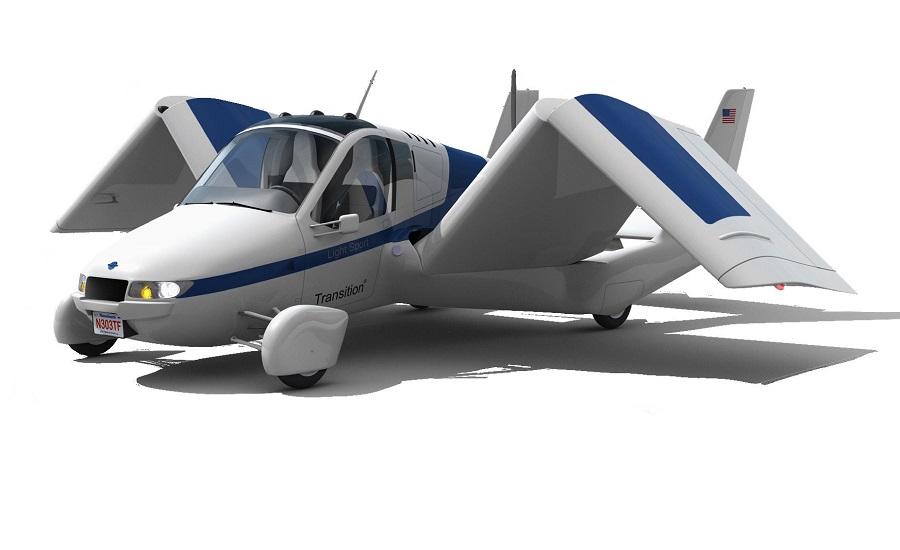
Terrafugia Transition: Merging Conflicting Needs
However, the aircraft (as we can now call it) had to get exemptions from the FAA, for some LSA specifications. These included its gross weight. Light-Sport aircraft typically have a maximum gross weight of 1,320lbs (600kg). Terrafugia got an exemption, to allow it to operate at 1,800lbs (816kg). It also has a stall speed of 54 knots, instead of the LSA-mandated 45 knots.
The rest of the specifications of the design have also changed a bit, over time. Currently, Terrafugia specifies the Rotax 912is for its Transition. This means that it can use 91-octane (per AKI, i.e. 95-octane in Europe) automotive gasoline. However, the engine won’t be driving the wheels. This was the original plan, but now the design has changed to a hybrid drive. The engine charges additional batteries, to drive electric motors for the rear wheels. This was part of the reason for the increase in gross weight.
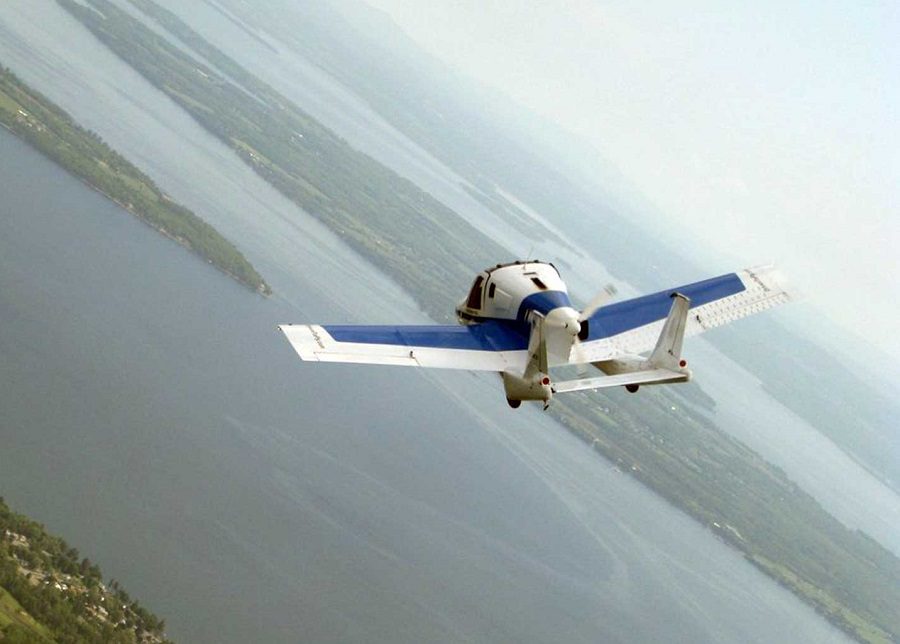
Unfortunately, the need for lightweight composites to keep its weight down, means that the Terrafugia Transition will be pricey. Initially, Terrafugia hoped to keep the price below $200,000. They now estimate the final offering to have a price between $300,000-400,000. And this is still an estimate, because the aircraft is not yet for sale. This is in spite of the fact that Terrafugia was taking deposits for it, at first.
Jack-Of-All-Trades, Master Of None?
Convincing the authorities that the Transition will be safe on public roads, is a big obstacle for Terrafugia. They’ve reportedly passed a frontal crash-test, but will need several more. Limited visibility because of the folded wings might be an issue. And while its propeller won’t be spinning on the road, authorities will need to evaluate it for pedestrian safety…
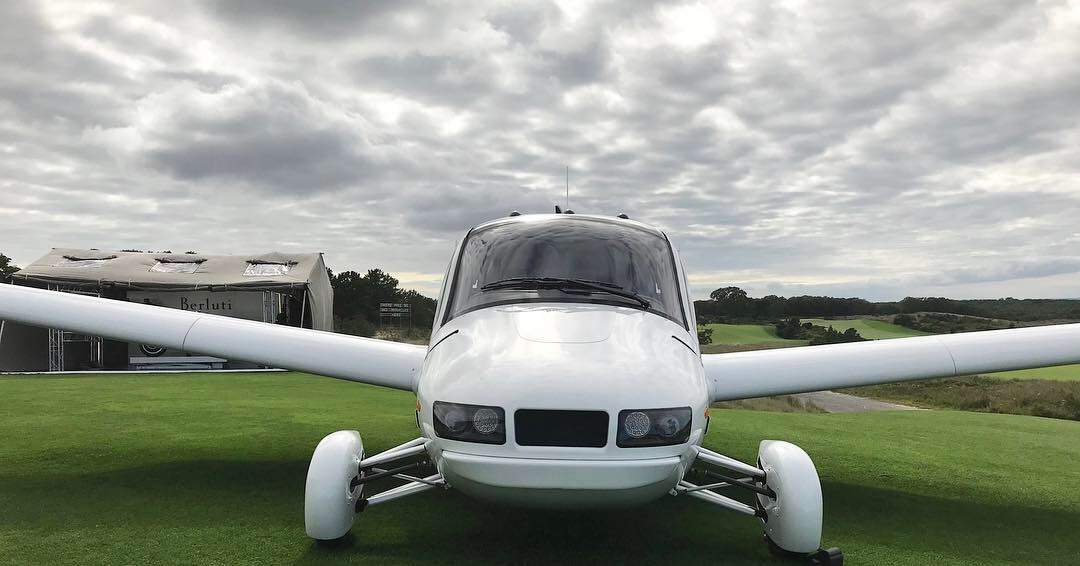
But a bigger obstacle here may be practicality. There is a question of how good Terrafugia’s Transition is, as a plane or as a car. It’s just over 6 metres long, which is longer than most station-wagons, but it’s a two-seater. It’s quite wide, too. And by the way, cost could become a similar limiting factor for many air-taxi concepts we see, too.
Meanwhile, there are several LSA aircraft designs out there, with folding wings. People can already store these in the garage, at home, and tow them to the airport when they wish to fly. Granted, they can’t get to another airport, 3 hours away by air, and switch to driving on roads again. But these planes cost around half what the Terrafugia Transition will eventually sell for.
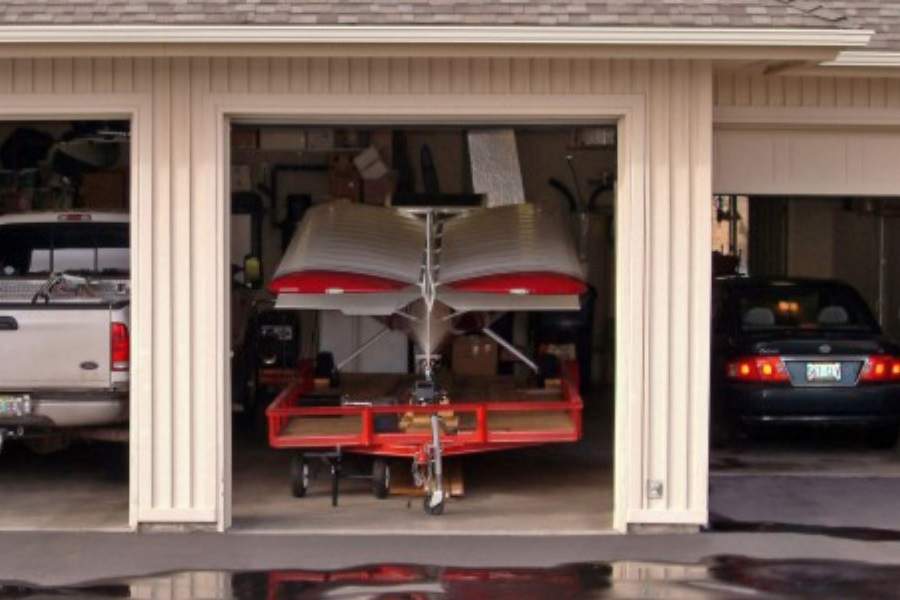
Of course this means that the Terrafugia Transition will still claim a unique ability – when it becomes roadworthy. The company hopes to make this happen in 2022. But based on its price and features, it probably won’t revolutionize travel for the masses… not yet. But Terrafugia has other things in the works, that could do that. Stay tuned.



